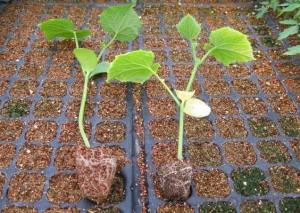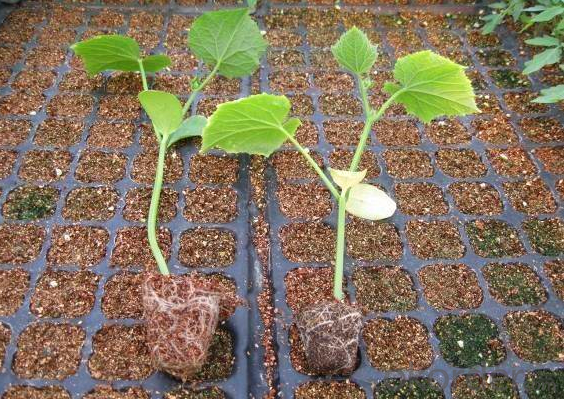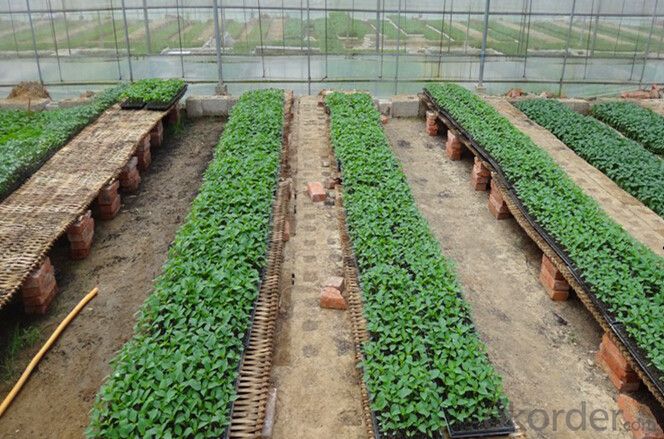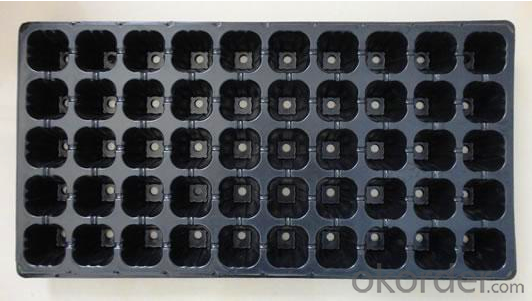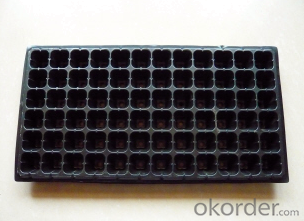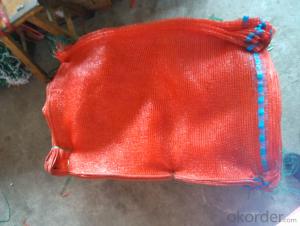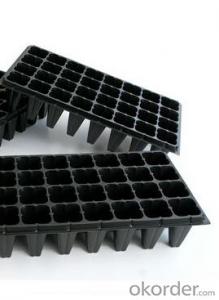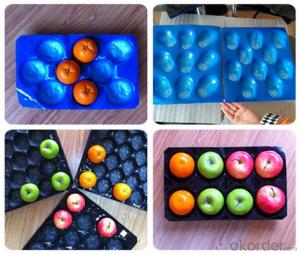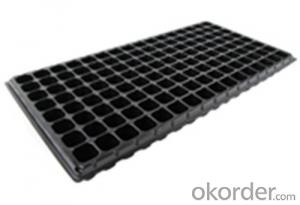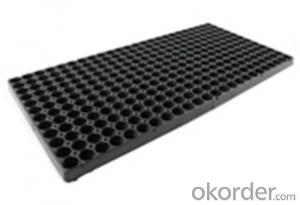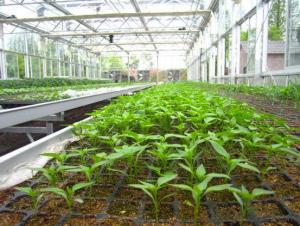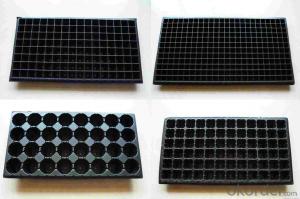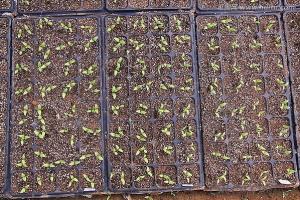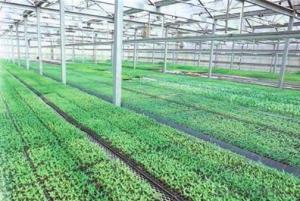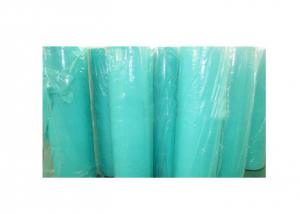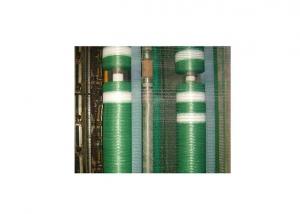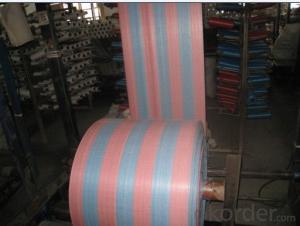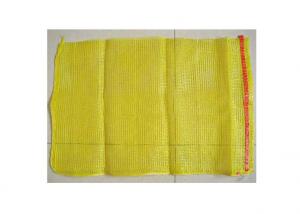Plug Trays Greenhouse Usage HIPS Made Plastic (Growing and Seedling)
- Loading Port:
- China main port
- Payment Terms:
- TT OR LC
- Min Order Qty:
- 3000 pc
- Supply Capability:
- 50000 pc/month
OKorder Service Pledge
OKorder Financial Service
You Might Also Like
Brief Introduction to CNBM:
CNBM International Corporation (CNBM International) is the most important trading platform of CNBM Group Corporation, a state-owned company under the direct supervision of State-owned Assets Supervision and Administration Commission of the State Council.
CNBM International is highly recognized by its business partners and clients all over the world and has obtained rapid development under the spirit of win-win. We will carry on the mutual beneficial, innovative and revolutionary trading structure as we did before, create value for our employees, share holders and clients and benefit the whole society in our future development.
Features of Plug Trays (Growing and Seedling) HIPS Made Plastic Plug Tray for Greenhouse:
· Material: HIPS
· Thickness: 0.5mm-1.5mm, Standard:1mm
· Weight: 80g(±5)g-230g(±5)g, Standard weight:155g(±5)g
· Size: length:490mm-540mm, width:190mm-345mm,depth:25mm-150mm
· Standard:540mmX280mm
· Cell count: 18-512
· Package: In Carton
· Warrenty: 8-10 times
Picture:

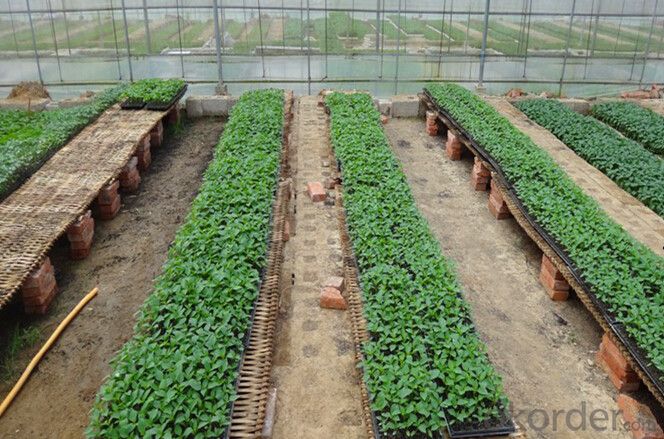
Specification of Plug Trays (Growing and Seedling) HIPS Made Plastic Plug Tray for Greenhouse:
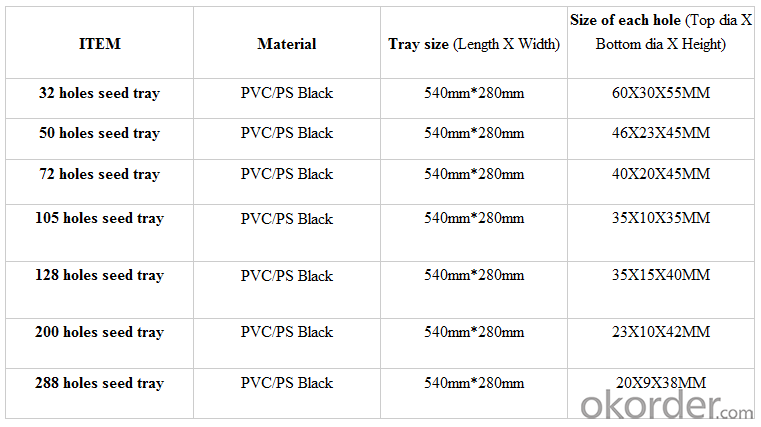
FAQ of Plug Trays (Growing and Seedling) HIPS Made Plastic Plug Tray for Greenhouse:
Q:1.How many times can the seed tray be used?
A: Under the same environment, it is decided by the thickness. Usually 0.6mm thickness can be used for 1 or 2 times.
1.0 thickness can be used for 3-4 times. 1.5 thickness can be used for 8-10 times.
Q: 2.How long is the production time?
A: Usually one to two weeks.
Q: 3.How is the seed tray being packaged?
A: They can be packaged in carton or pallets. Carton size is 1375px*725px*1250px.
- Q: hey can anybody body provide me with 5 or more resolutions to aviod plastic and products as far as possible.
- 1.canvas shopping bags instead of plastic ones 2.Get rid of your plastic dishes and cups, and replace them with glass varieties 3.Avoid products that are packaged in plastic 4.stainless steel water bottle instead of plastic bottles 5.stopped using plastic dish scrubbies to wash dishes. I now use Twist sponges, which are all natural and biodegradable. 6.)I stopped buying cream hand lotion, instead lotion that comes in a metal tin 7.)I return my styrofoam egg cartons
- Q: Hi AllI want to make plastic .. can any one tell me how i can make plastic.. because I have to made some holders of the car roof top racks..
- You can't really make (synthetic) plastic unless you're a serious chemist with a lab, but you can use other plastic materials and reshape them. You'd need serious molds and vacuum setups to create large items like that chair too. Small items or thin ones can be made with a thermosetting plastic like polymer clay --Premo, Fimo, etc, or thermoplastic or other plastics can be re-shaped after heating which will either soften and slump or eventually melt them, or with 2-part resins (with fiberglass or not), etc
- Q: What are the best ground cover plants for shady areas under trees?
- Some of the best ground cover plants for shady areas under trees include hostas, ferns, ajuga, pachysandra, and vinca minor. These plants are known for their ability to thrive in low light conditions and provide a beautiful and lush ground cover.
- Q: How do you transplant ground cover plants?
- To transplant ground cover plants, start by preparing the new planting area by clearing weeds and loosening the soil. Carefully dig up the entire plant, making sure to include as much of the root system as possible. Gently place the plant in the new hole, ensuring it is at the same depth as before. Fill the hole with soil, firming it gently around the roots. Water the transplanted ground cover thoroughly and monitor its progress to ensure successful establishment.
- Q: Is there something on the market I could use to fuse the plastic back together?? Its not a big tear,but it is noticable, and the plastic was really exspensive. Any suggetions please.
- Plastic? okorder / Otherwise, they may also direct you to a plastic specialist.
- Q: Are nursery trays suitable for transplanting seedlings?
- Yes, nursery trays are suitable for transplanting seedlings. They provide a controlled environment for seed germination and early growth, allowing for easy transplanting when the seedlings are ready. The trays also help to protect the delicate roots during the transplanting process.
- Q: Can farmers repurpose used agricultural plastics for the production of new seedling nursery bags?
- <p>Yes, farmers can use recycled agricultural plastic to make new seedling nursery bags. This practice not only reduces waste but also conserves resources. Recycled plastic can be processed and reformed into new nursery bags, which are essential for protecting young plants and facilitating their growth. The process involves collecting, cleaning, and shredding the used plastic, followed by melting and molding it into new bags. This recycling method is environmentally friendly and helps in the sustainable management of agricultural waste.</p>
- Q: If you can, tell how each plastic looks like.
- Thermo Plastics (soften when heated): Polyethylene, Polyvinyl chloride, Polypropylene, Polystyrene, Polyethylene terephalate, Acrylonitrile butadiene styrene, Polymethyl methacrylate, Polyamide. Thermosetting Plastics (release heat as they harden): Polyurethane, Phenolic, Melamine-formaldehyde, Urea-formaldehyde, Polyester, Epoxy. There are the names of 14 plastics I could remember. I have no idea how to figure out which are the six most popular. Perhaps you should do a search on each one, with an additional parameter to narrow the search. For example, Polyethylene+ global-annual-production Don't use the quotation marks; no space before but one space after the plus; no spaces before or after the hyphen. Once you know the global annual production of each type, you could rank them in order and find the most popular types. Why do teachers ask such idiotic questions? They sound so easy, but finding the true facts is always nearly impossible. Why couldn't they just say, Name six common plastics. Oh well, it's your problem, not mine. Oops! Forgot the last part of the question. It is generally impossible to describe the appearance of a particular type of plastic. Their names refer to the chemical structure of their molecules and their appearance depends largely on techniques used during manufacture. Another idiotic teacher question, hopelessly vague and nearly impossible to answer. Again, it's your problem. Bye....................
- Q: How do agricultural plastic products help with precision planting?
- Agricultural plastic products aid in precision planting by providing advanced technology and tools that help farmers optimize their planting practices. For instance, plastic mulch films help control soil temperature and moisture, creating optimal growing conditions for seeds. Additionally, plastic seedling trays and pots facilitate uniform seedling growth and transplanting, ensuring consistent spacing and placement. These plastic products enhance precision in planting, leading to higher crop yields and improved overall agricultural productivity.
- Q: Can nursery trays be used for growing carnivorous plants?
- Yes, nursery trays can be used for growing carnivorous plants. These trays provide a suitable environment for cultivating carnivorous plants as they often come with drainage holes to prevent waterlogging, which is important for these plants. Additionally, nursery trays are typically shallow and wide, allowing for the spreading nature of carnivorous plants' root systems. However, it is important to ensure that the trays are made of a material that is safe for the plants, such as plastic or fiberglass, and to provide the appropriate growing medium and conditions specific to carnivorous plants' needs.
Send your message to us
Plug Trays Greenhouse Usage HIPS Made Plastic (Growing and Seedling)
- Loading Port:
- China main port
- Payment Terms:
- TT OR LC
- Min Order Qty:
- 3000 pc
- Supply Capability:
- 50000 pc/month
OKorder Service Pledge
OKorder Financial Service
Similar products
Hot products
Hot Searches
Related keywords
